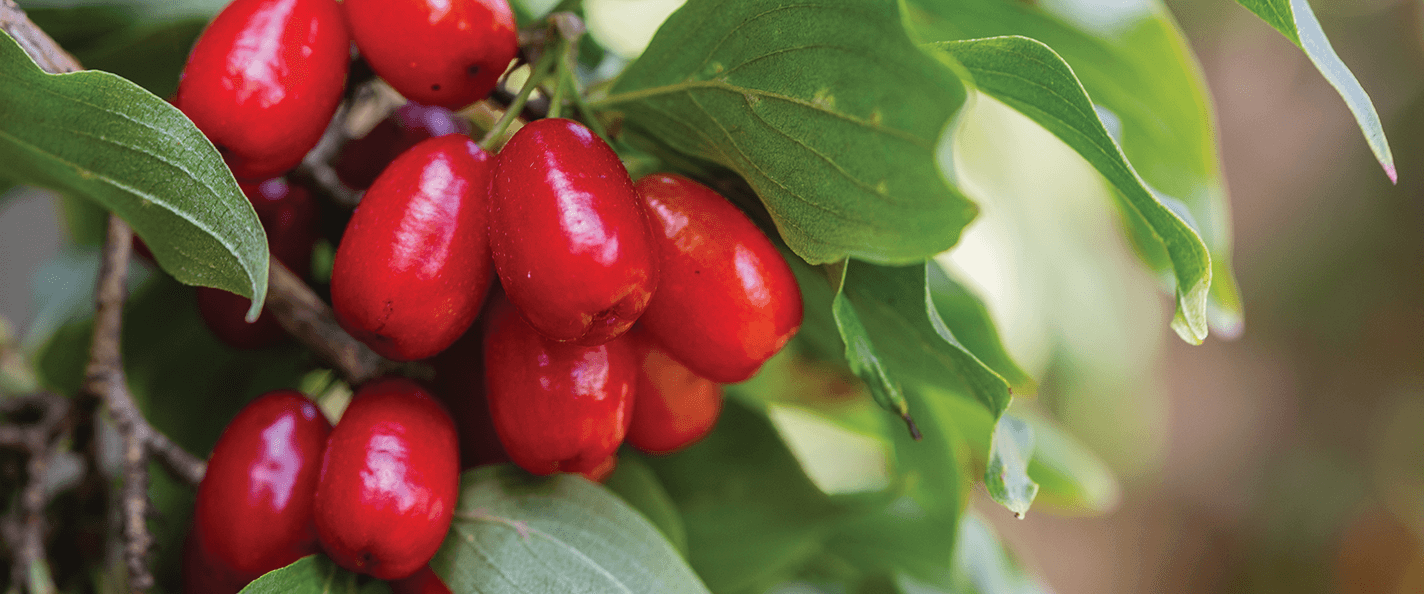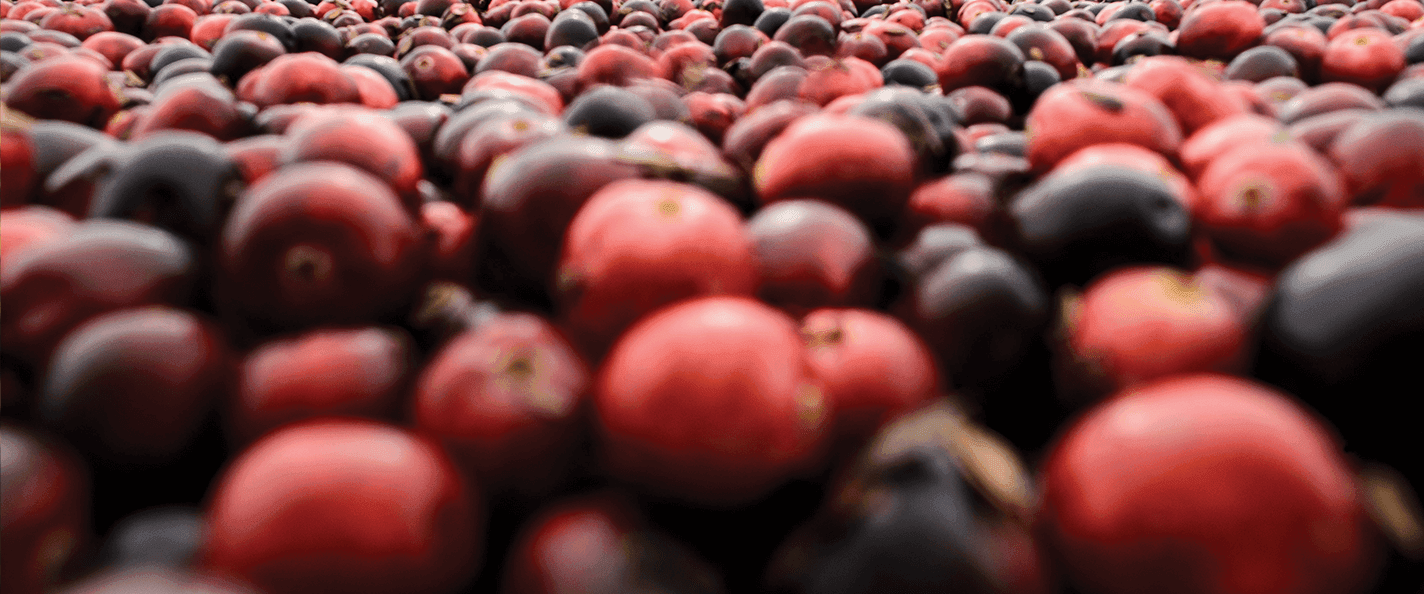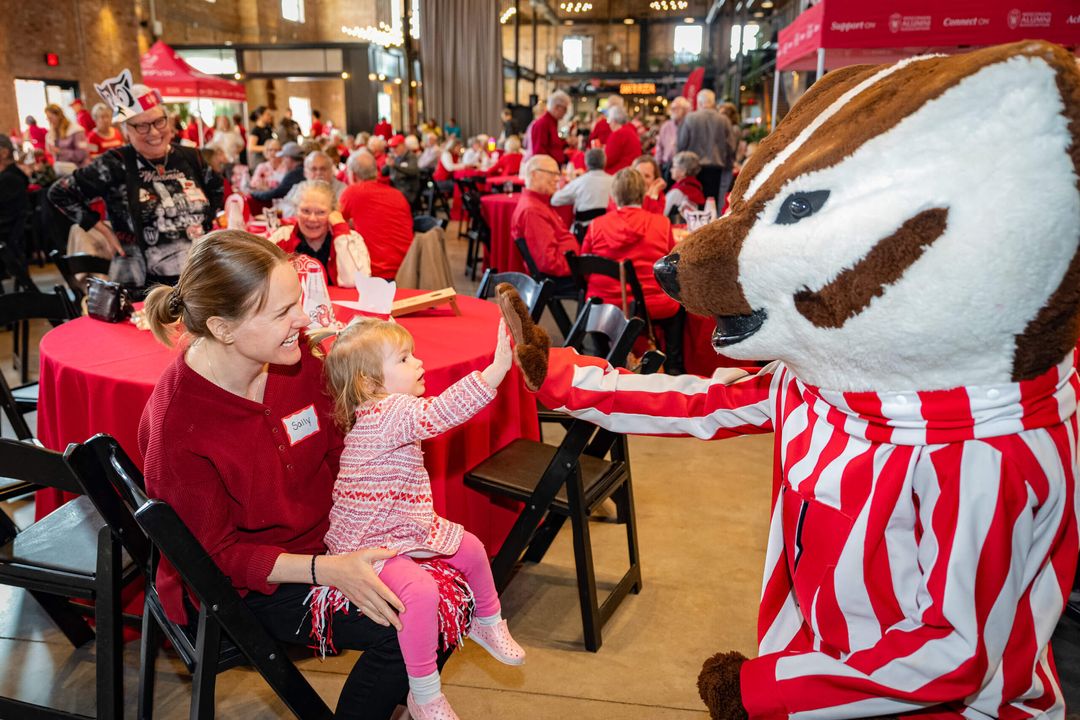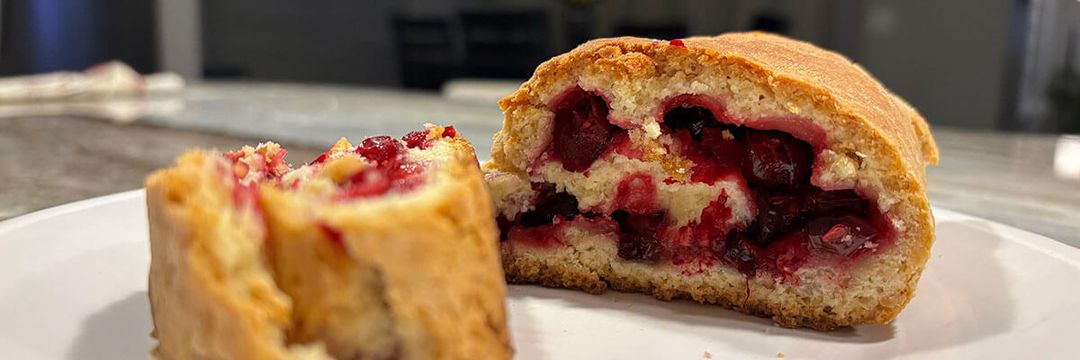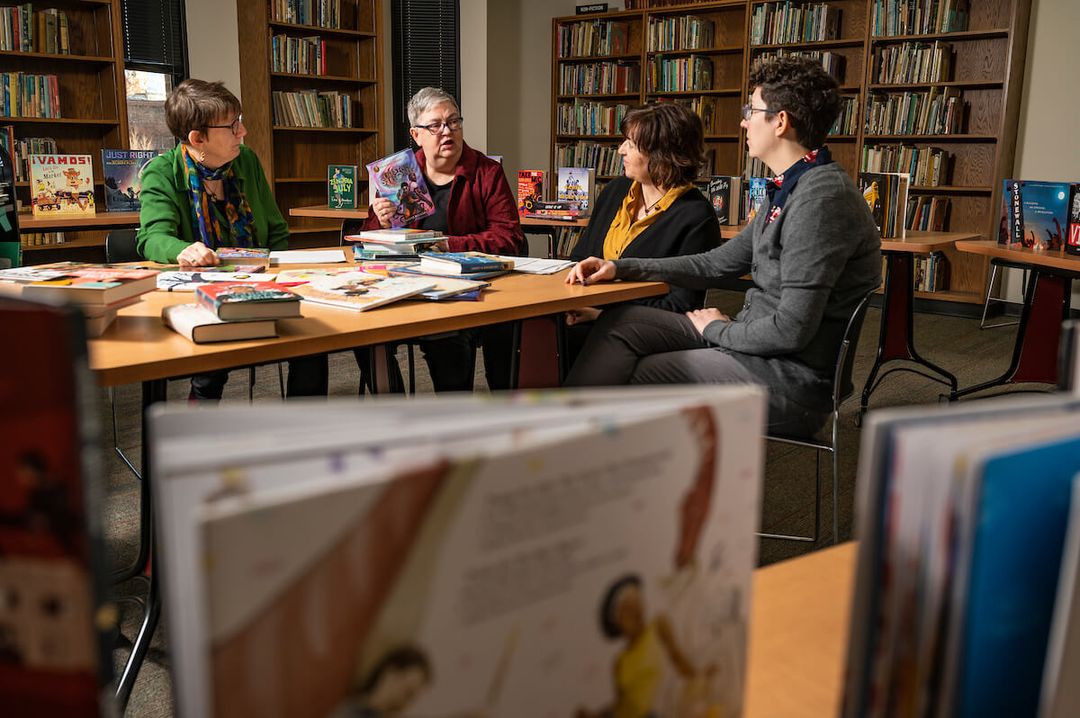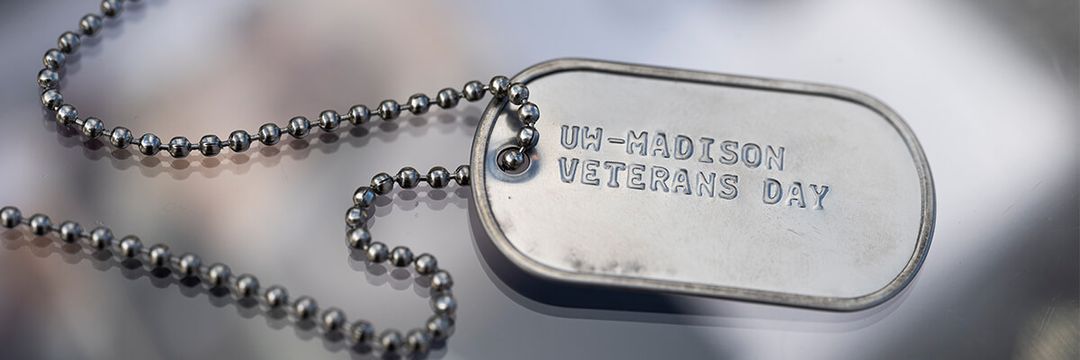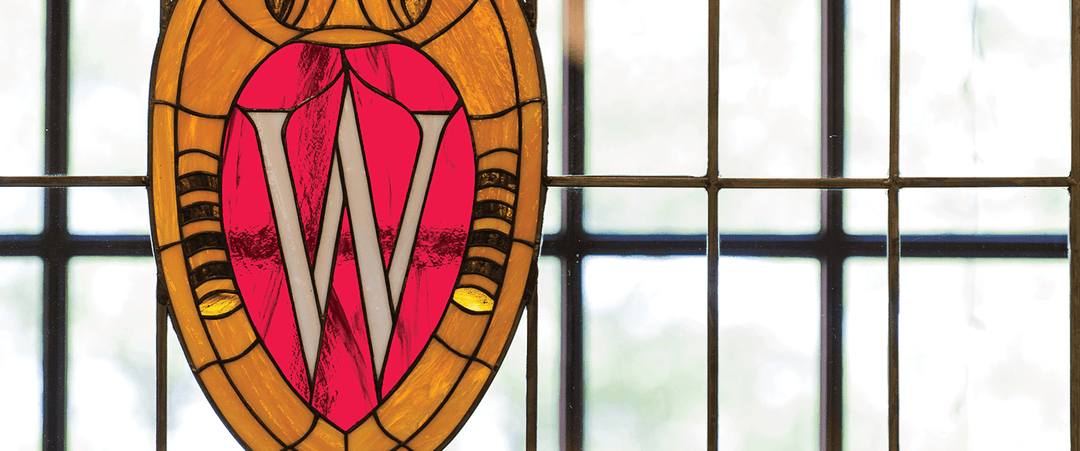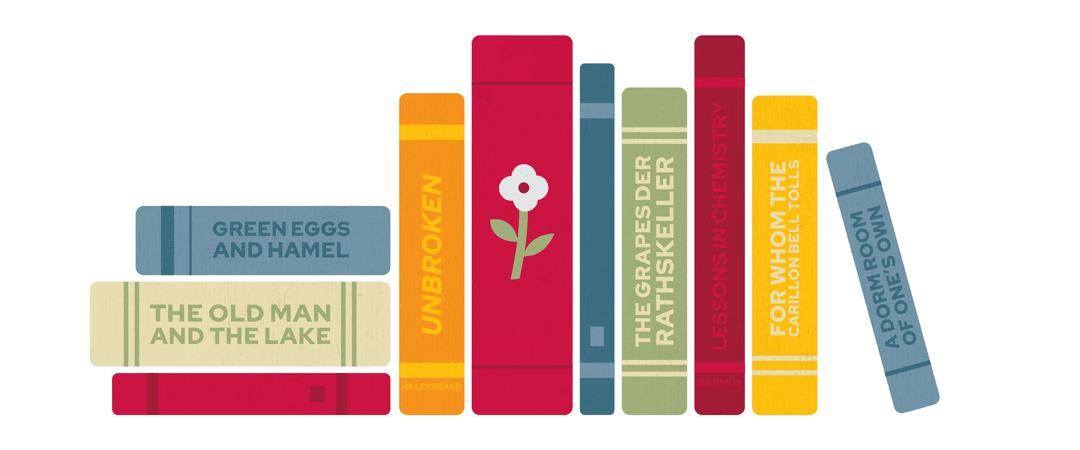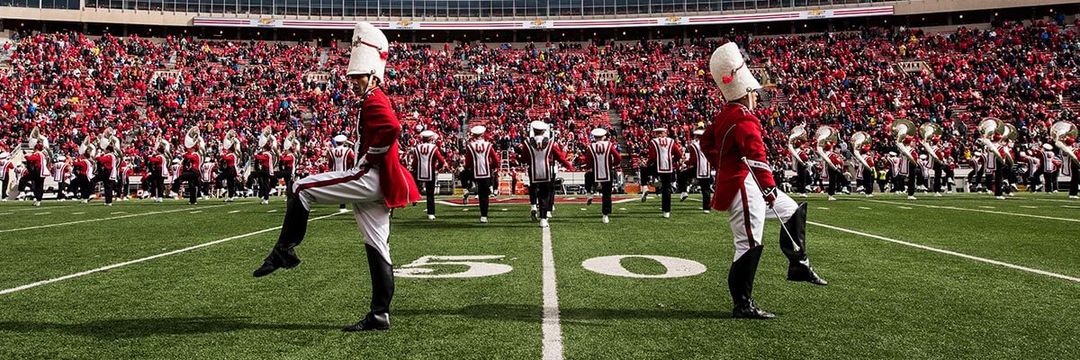Agricultural research is the seed, the roots, and an ever-abundant branch of UW–Madison’s legacy as a leading public research institution and land-grant university. Research from the College of Agricultural and Life Sciences (CALS) yielded some of the university’s earliest breakthroughs, from the invention of the Babcock butterfat test in 1890, to the discovery of vitamins A in 1913 and vitamin B in 1916 to the development of warfarin in 1939. Today, the UW continues to collaborate with farmers around the state, through the UW Division of Extension, to share and conduct research in support of Wisconsin’s agricultural industry. That research includes the development of new and improved crop varieties — or the revival of age-old ones — to help growers meet the ever-changing demands of their markets — especially when their customers want to eat red.
You could say Irwin Goldman PhD’91 was marching to the “beet” of his own drum when he developed the Badger Flame Beet, the result of a 20-growing-season endeavor to endear the root vegetable to even the pickiest eaters. The Badger Flame Beet is a sweet, crunchy bulb with red-orange skin and yellow flesh that tastes as vibrant as it looks.
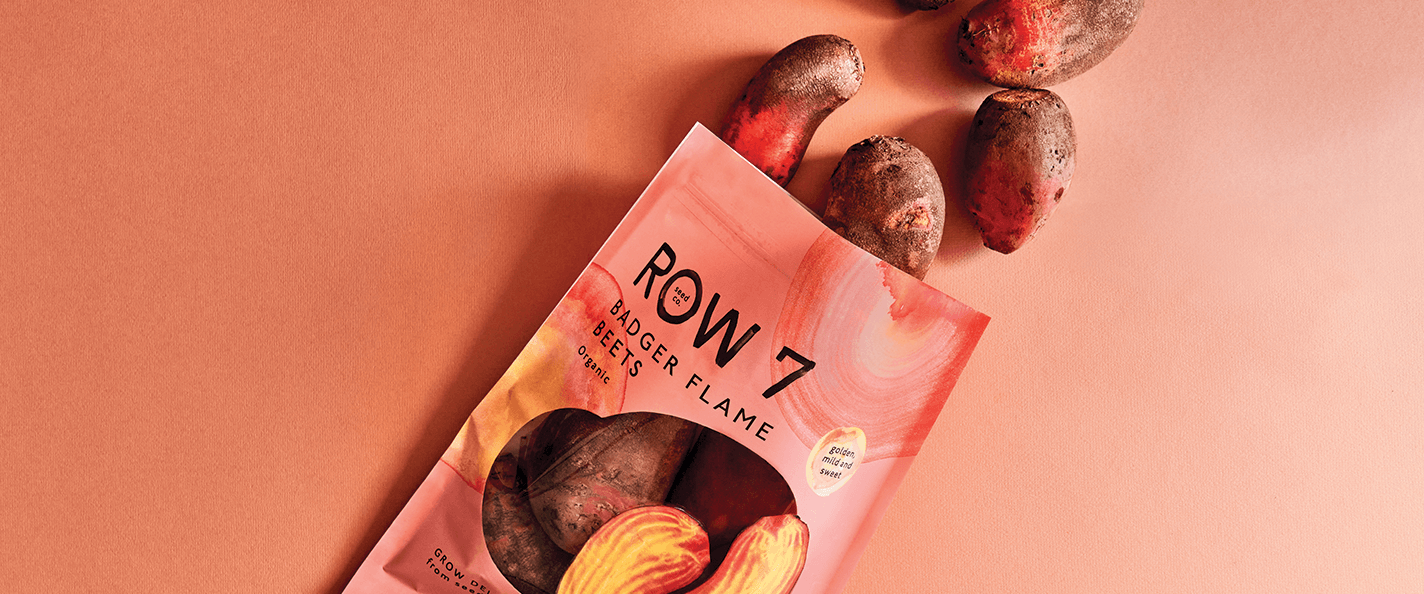
In cranberries, redder is better. Wisconsin is the world’s largest producer of cranberries, but the state’s shorter growing seasons haven’t always allowed the berries to reach their rosiest hue. Enter: HyRed, the cultivar bred by UW professor emeritus of horticulture Brent McCown ’65, MS’67, PhD’69. HyRed cranberries flower early in the season, which allows for more time to redden and for an earlier harvest.
When members of the Henry family of J. Henry & Sons Distillery wanted to go back to their roots and raise an heirloom corn variety for their bourbon, they turned to the plant pathologists at CALS. In 1939, CALS scientists developed W335A, a double-hybrid corn varietal with dark, red kernels. It was grown regionally until the 1970s, including on the Henry family farm in Dane, Wisconsin. To revive W335A, UW professors Shawn Kaeppler ’87 and Natalia de Leon MS’00, PhD’02 dipped into the UW’s seed vault to reproduce healthy seed from the 1930s stock. W335A lives.
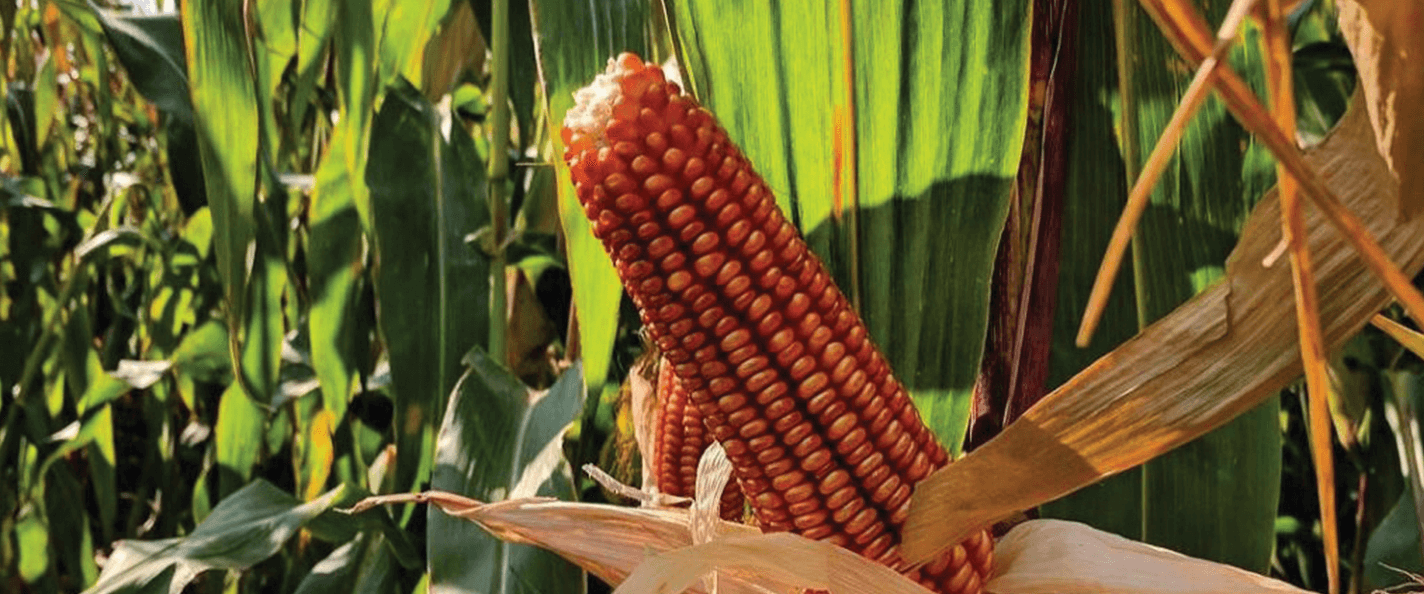
At UW–Madison, potatoes are in our genes. The potato-breeding program was founded in 1936 under Gustav Rieman PhD’30, a UW professor of plant pathology and genetics who helped develop the Superior variety that remains popular to this day. Since then, the program has bred several successful varietals, including the aptly named Red Prairie, Red Endeavor, Red Companion, Red Pearl, and Villetta Rose.
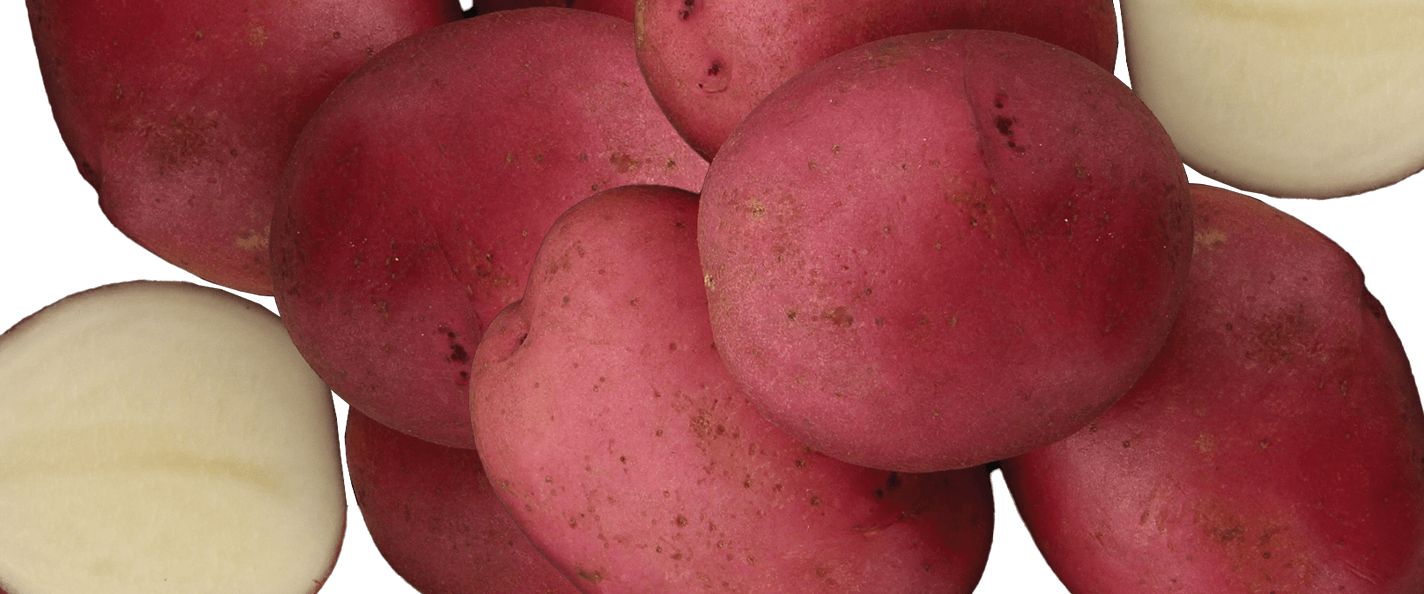
Wisconsin summers are synonymous with the sweet and tart cherries that roll down the state’s Door County peninsula — but they’re not the only ones on the market. Cornelian cherries, oblong fruits with large pits and pleasantly tart flesh, have been grown in Greece for nearly 7,000 years. In partnership with the UW’s Center for Integrated Agricultural Systems, Dale Secher MS’65 and son Cory ’01 raise Cornelian cherries at Carandale Fruit Farm in Oregon, Wisconsin, along with other “uncommon fruits” like aronia berries and Saskatoon.
